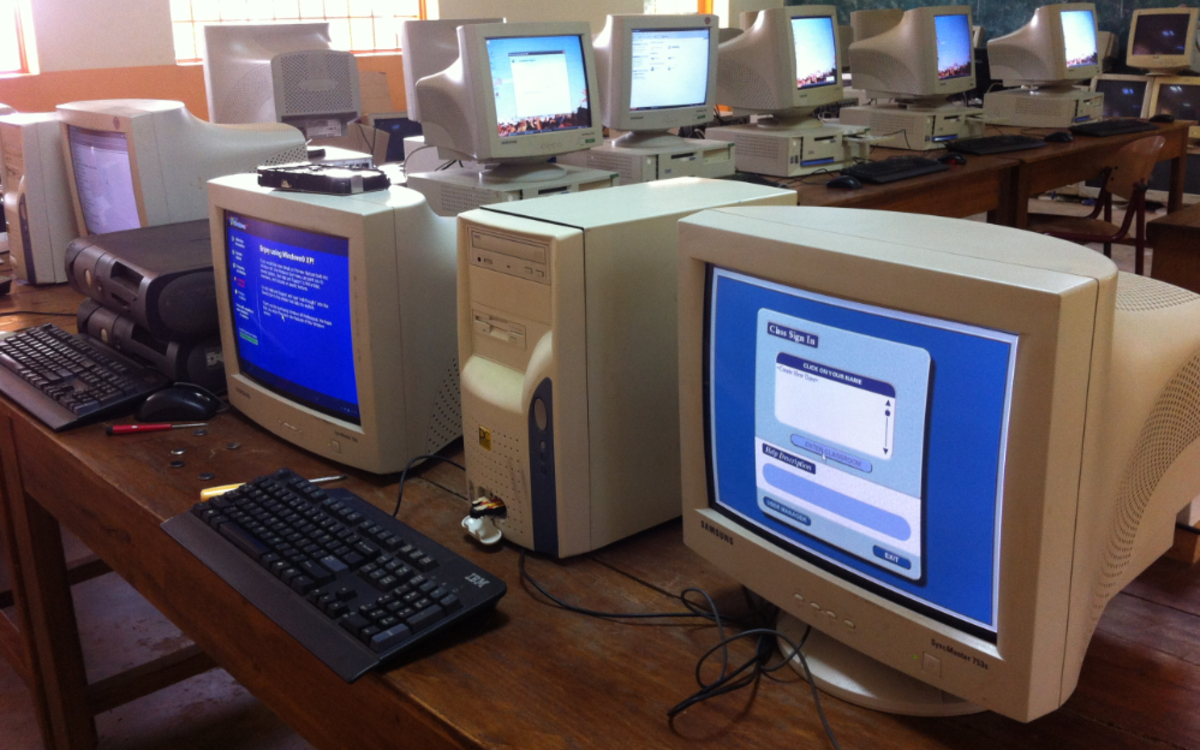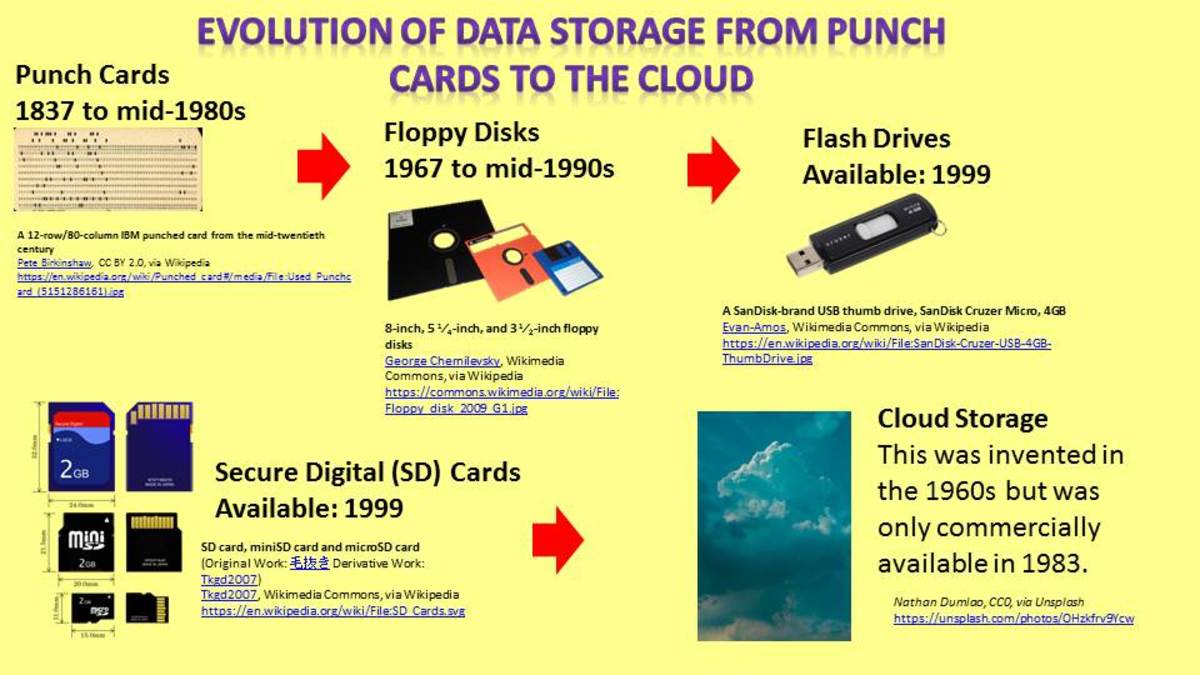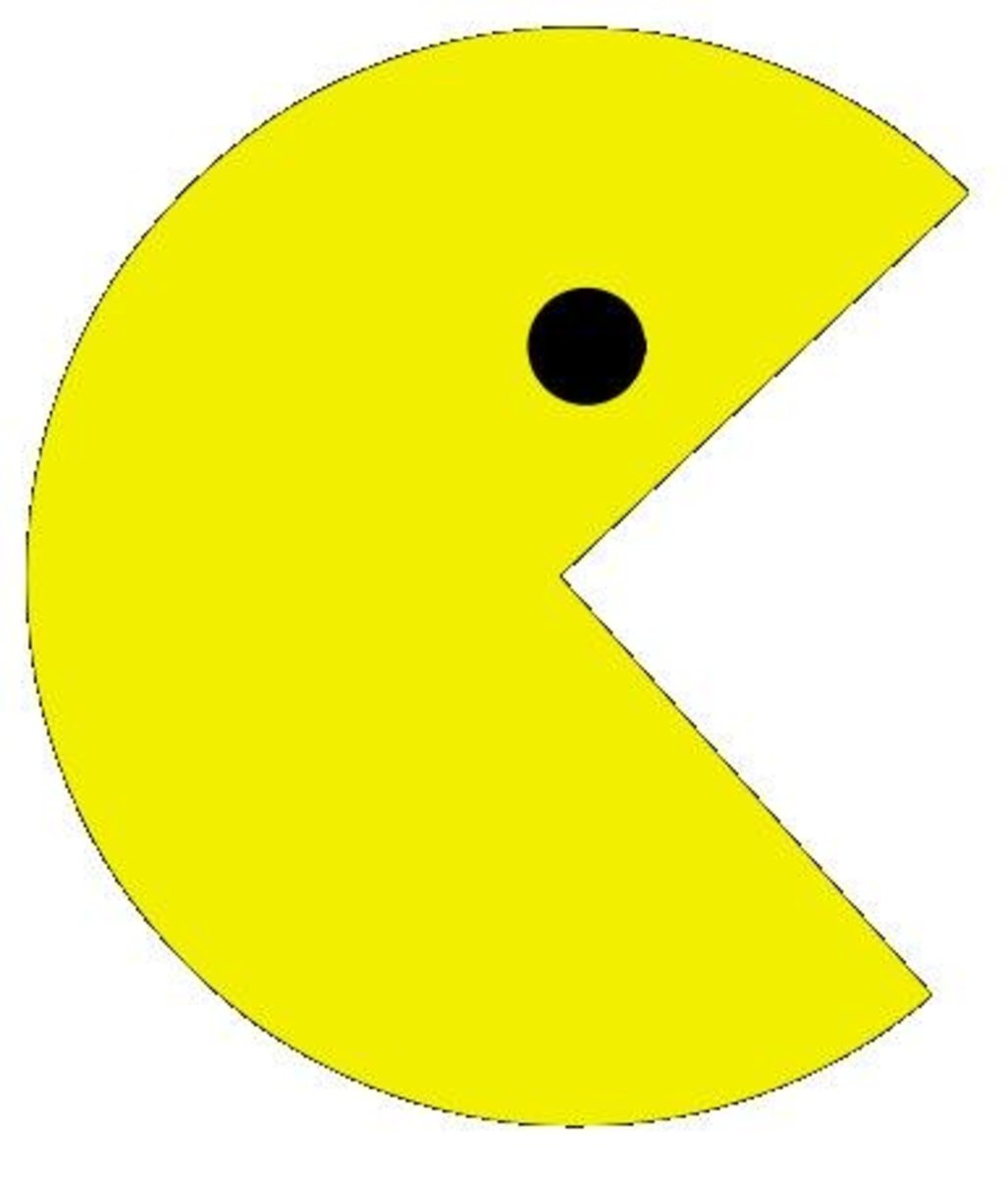Apple First to patent Slide to Unlock on Phone? Invalid nonsense and Silliness! Reform Now!
Introduction
Recently, it was revealed that Apple Computers received a patent for "slide to unlock" from the US Patent and Trademark Office (USPTO).
This is so trivial and idiotic, it proves that the the USPTO office is giving out bogus patents and essentially encouraging various business entities to sue each other over these patents instead of innovating. And this is BAD for consumers (but very good for lawyers).
But first, some details about this Apple patent and why this is bogus because this existed and was implemented and released commercially before Apple even filed the patent. Later we will point out why this is bad for consumers.

Slide to Unlock Patent? Really?
USPTO Patents 7657849, and 8046721 was indeed granted to Apple Computers on February 2010 and October 2011 for "Unlocking a device by performing gestures on an unlock image". The patent abstract says:
A device with a touch-sensitive display may be unlocked via gestures performed on the touch-sensitive display. The device is unlocked if contact with the display corresponds to a predefined gesture for unlocking the device. The device displays one or more unlock images with respect to which the predefined gesture is to be performed in order to unlock the device. The performance of the predefined gesture with respect to the unlock image may include moving the unlock image to a predefined location and/or moving the unlock image along a predefined path. The device may also display visual cues of the predefined gesture on the touch screen to remind a user of the gesture.
The description was so generic, it would encompass ANY electronic device with touchscreen, covers ANY sort of gesture where the onscreen cues (may or may not exist) would "suggest" the user move something along ANY path in ANY direction.
But Apple did not invent this idea!
The First Documented Slide to Unlock
The first documented phone to have "slide to unlock" is... the NeoNode N1 / N1m
Here's a video proving such... and the device was released in March 2005, BEFORE iPhone was released. If you want to see the "slide to unlock", skip to the 4 minute mark and see for yourself. Slide to unlock existed and in commercial use BEFORE the iPhone was even released.
(Thanks to tnkgrl review)
According to Wikipedia, N1m is a revised version of the N1, which was released in July 2004! Thus, Slide to Unlock likely existed as far back as 2001 when Neonode was founded, or in 2002, when a prototype was displayed at a trade show.
A patent is to protect an INVENTION, which implies something new. Thus, you can't patent an idea that is already known to the public, or something very obvious. This is known as "prior art", or "state of the art".
Now that we've proven that "slide to unlock" existed in March 2005, and perhaps as far back as 2002, clearly Apple's patent on "slide to unlock" is invalid and bogus.
Why Is the Patent Invalid?
In this case, the Neonode N1 / N1m is clearly "prior art". Though this does NOT describe the full aspect of Apple's patent, but rather, it is missing one ingredient: the unlock image.
Then the question is... is the unlock image a "novel idea" worthy of patent protection? Or is it an "obvious idea" to one with the proper technical skills?
The idea of a "virtual touchscreen slider", where something follows the finger touch, was described as far back as 1992 in an ACM journal. This is also prior art.
Thus, all aspects of the Apple patent can be described via "prior art", and Apple's combination is obvious: making the slider visible and react to touch. This is known as "attack based on inventive step". It is clear in this case that Apple had not invented any thing. The "technical problem" being solved is "unlock a touchscreen device", and the means is "use a touch gesture". The image presented to prompt the user to do so is incidental and obvious (indeed, the patent abstract stated that such image is optional), and is also described by prior art. Thus, the patent is clearly invalid.
(For more on this subject, see When is an invention obvious?)
Dutch Court ALREADY invalidated this patent
Apple also filed this patent in Europe, under E1964026. However, this was thrown out by a Dutch court in August 2011 as "trivial and likely invalid", when Apple tried suing Samsung with infringement of this patent.
The Dutch judge, after examination of the Neonode N1m images (as supplied by Samsung), determined that the Neonode N1m implemented all aspects of Apple patent with sole exception of "unlock image", but the difference is so trivial and obvious the difference is not worthy of patent protection. Thus, the Apple patent is invalid, and an invalid patent cannot be infringed. In other words, he came to the same conclusion as above.
As Apple also sued HTC and Motorola in the US using the US version of this patent, it is very likely Apple will also lose this particular battle.
Then the question is... why would USPTO issue such a patent... twice, when it's clearly invalid and bogus?
US Patent System is Broken
The US Patent and Trademark Office (USPTO) has been loudly criticized for issuing invalid patents such as this "slide to unlock", not only once, but TWICE! Something obvious like this should have been caught and NEVER ISSUED! Instead, valuable money and time and effort must be spent by companies, such as Samsung, who is forced to defend themselves against such BOGUS patents and lawsuits brought on by companies who applies for such bogus patents!
Tim Worstall, a Forbes.com contributing editor, agrees that the US Patent System is broken and needs major repairs.
What's worse, money spent on these lawsuits are money that are NOT being spent on research and innovation, and this does NOT in any way improve the devices you can I can buy!








